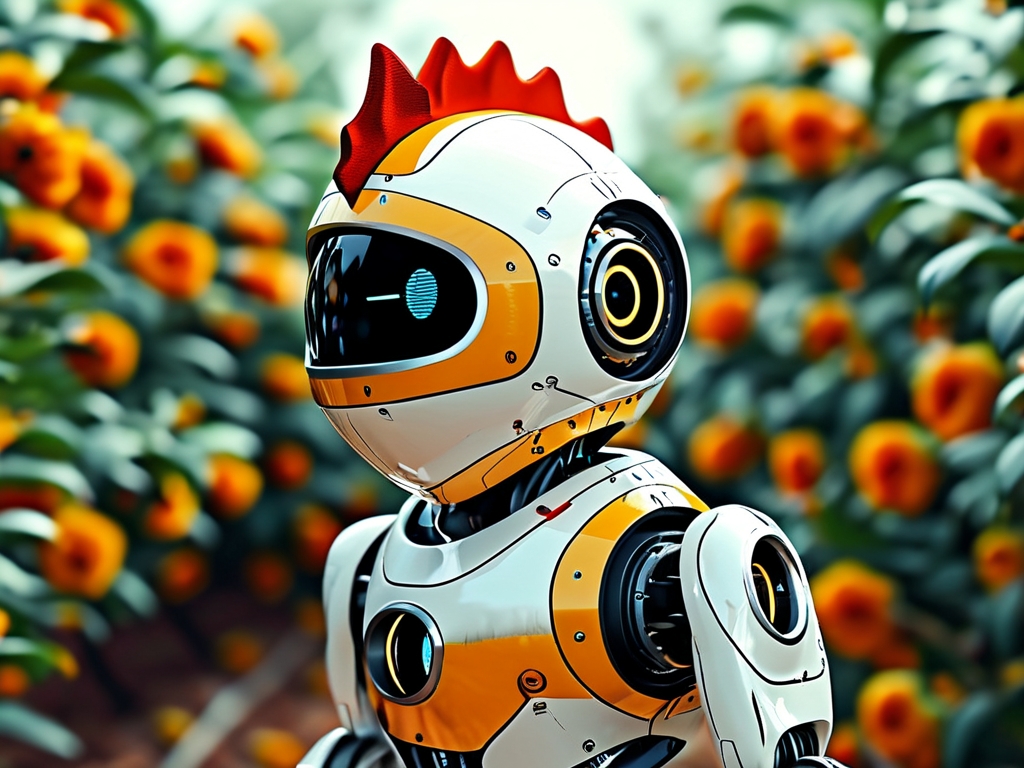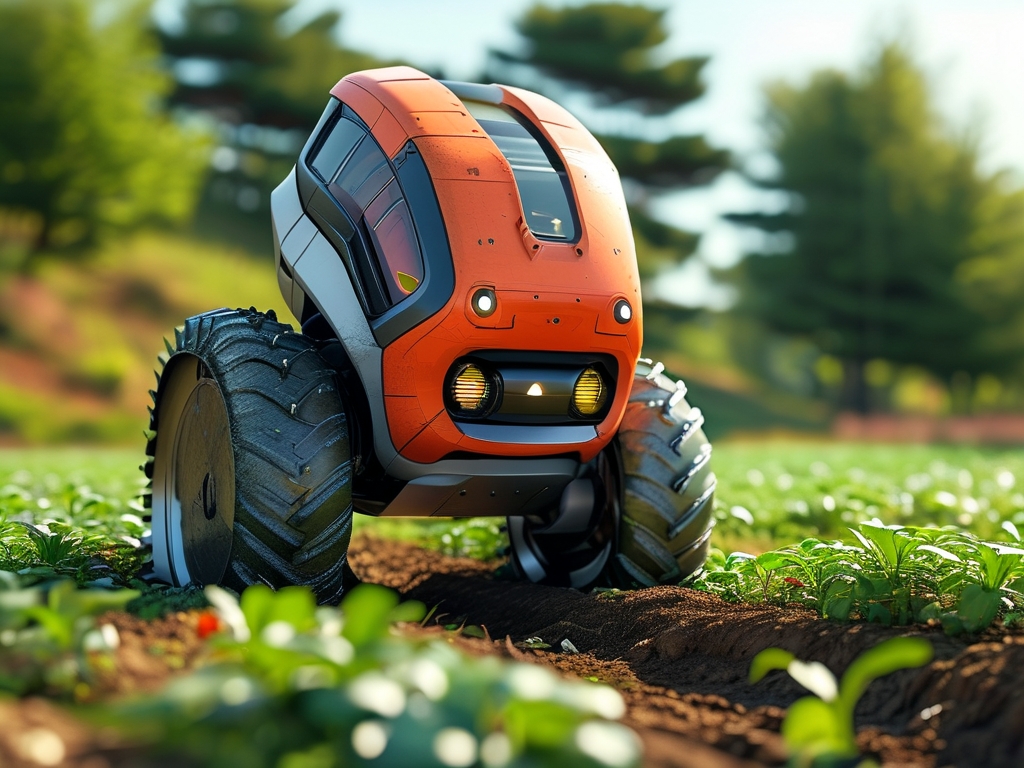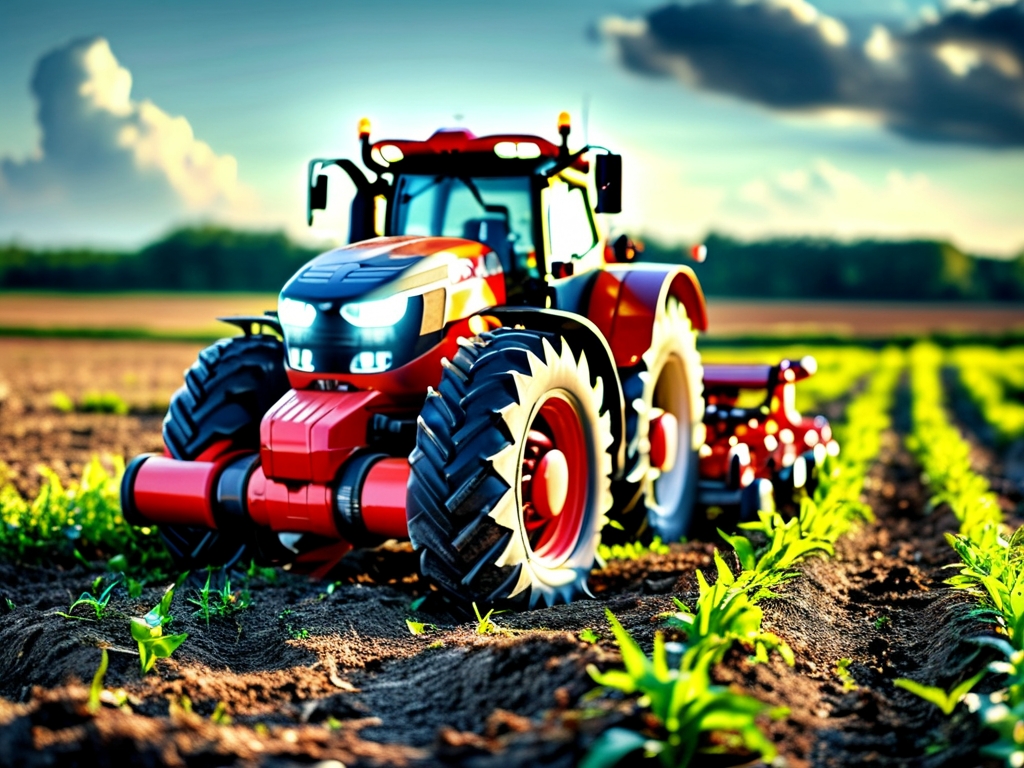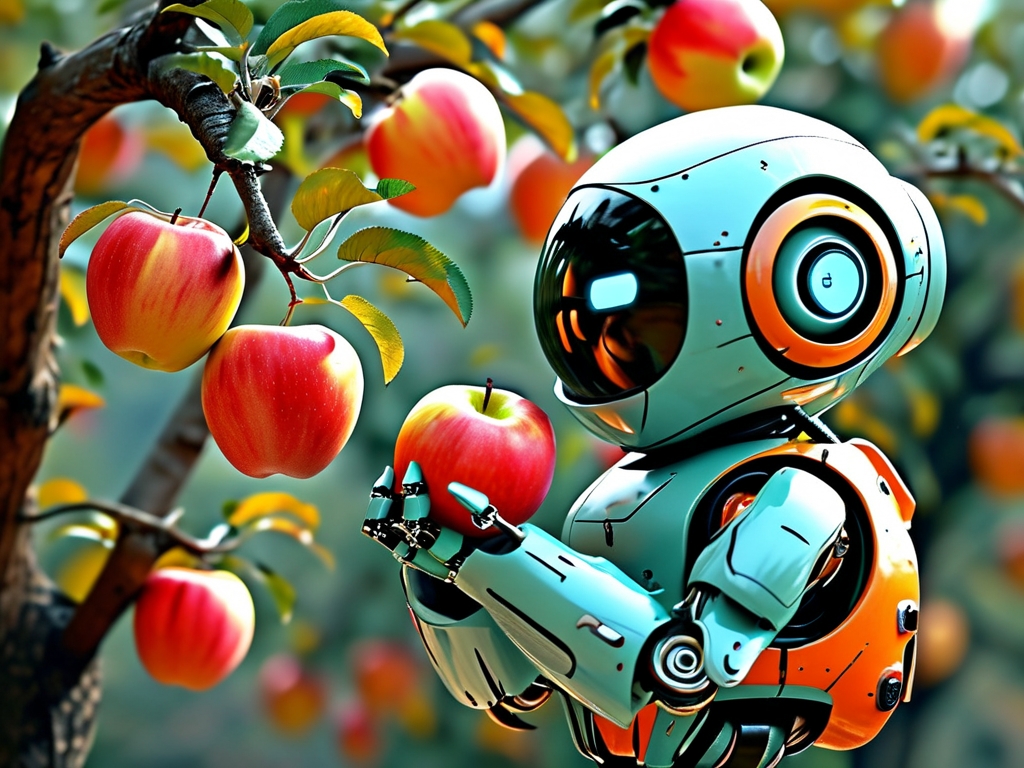The integration of robotics into poultry farming has revolutionized the way chickens are raised, offering precision, efficiency, and scalability. Robotic chicken farming technology combines advanced automation, artificial intelligence (AI), and data analytics to optimize every aspect of poultry management, from feeding and health monitoring to environmental control and waste management. This article explores the core principles behind this innovative approach and its transformative impact on the agricultural sector.
1. Automated Feeding Systems
At the heart of robotic chicken farming is the automated feeding system. Traditional manual feeding is labor-intensive and prone to inconsistencies. Robotic feeders, equipped with sensors and programmable dispensers, deliver precise portions of feed at scheduled intervals. These systems use weight sensors to monitor feed levels in troughs and adjust distribution based on the age, size, and nutritional needs of the flock. AI algorithms analyze historical data to predict consumption patterns, minimizing waste and ensuring optimal growth rates.
2. Health Monitoring and Disease Prevention
Robotic systems employ computer vision and thermal imaging to monitor chicken health in real time. Cameras installed in coops scan birds for abnormal behaviors, such as lethargy or irregular movement, which may indicate illness. Thermal sensors detect changes in body temperature, enabling early identification of infections. Data from these sensors is processed by machine learning models to flag potential outbreaks, allowing farmers to isolate affected birds swiftly. Additionally, robotic arms can administer vaccines or medications with pinpoint accuracy, reducing human error.
3. Environmental Control
Maintaining an optimal environment is critical for poultry welfare. Robotic climate control systems regulate temperature, humidity, and ventilation using networked sensors. For example, if ammonia levels rise due to waste buildup, automated fans activate to improve air quality. Similarly, heating and cooling systems adjust dynamically based on real-time weather data. These technologies ensure a stress-free environment, which enhances egg production and meat quality.
4. Egg Collection and Sorting
Robotic egg collection systems have replaced manual gathering, significantly improving efficiency. Autonomous robots equipped with soft grippers navigate coops, gently picking up eggs without causing damage. Computer vision identifies cracks or irregularities, sorting eggs by size and quality. This automation reduces labor costs and minimizes egg loss, ensuring higher profitability for farmers.
5. Waste Management
Poultry farming generates substantial waste, including manure and bedding materials. Robotic waste management systems use conveyor belts or autonomous drones to collect and transport waste to processing units. Some systems convert manure into biogas or fertilizer through anaerobic digestion, aligning with sustainable farming practices. Sensors monitor waste accumulation and trigger cleanup cycles, maintaining hygiene and preventing disease spread.
6. Data-Driven Decision Making
A key principle of robotic chicken farming is the use of big data. IoT (Internet of Things) devices collect terabytes of data on feed consumption, growth rates, egg production, and environmental conditions. Cloud-based platforms analyze this information to generate actionable insights. Farmers receive alerts and recommendations via mobile apps, such as adjusting feed formulas or scheduling equipment maintenance. Over time, AI models refine their predictions, creating a feedback loop that continuously improves farm operations.
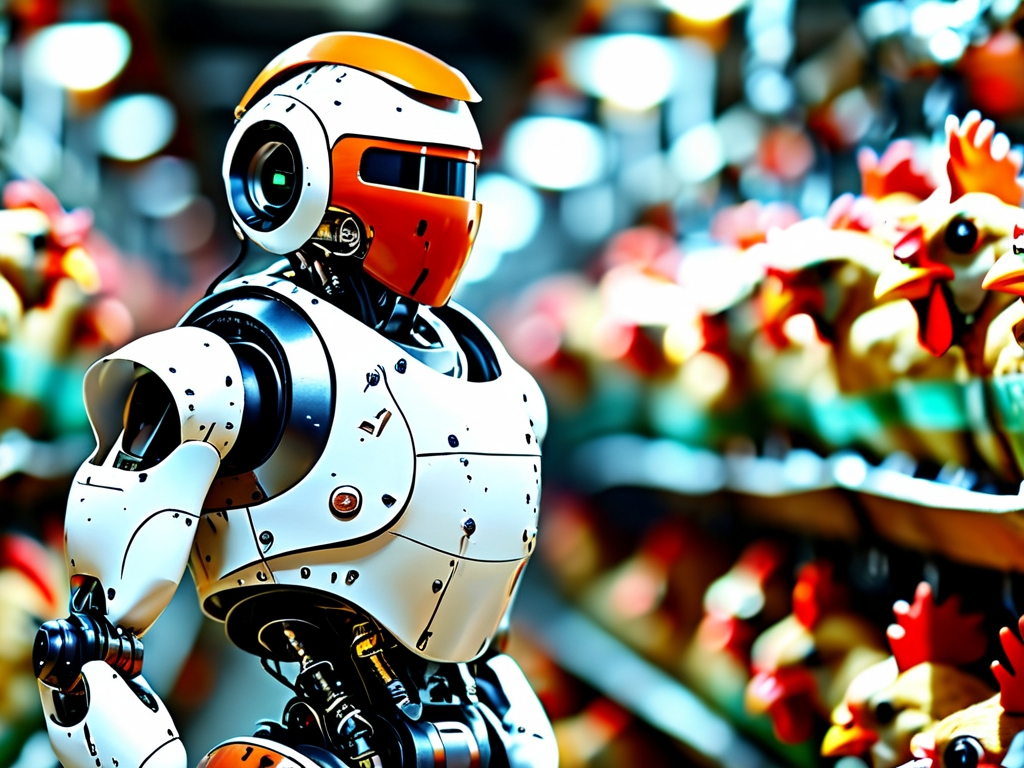
7. Challenges and Ethical Considerations
Despite its benefits, robotic chicken farming faces challenges. High upfront costs for robotics and AI infrastructure may deter small-scale farmers. Technical glitches or power outages could disrupt operations, risking animal welfare. Ethical concerns also arise, such as reduced human interaction with livestock and the potential for over-reliance on technology. Addressing these issues requires balanced policies, subsidies for technology adoption, and ongoing research into fail-safe systems.
8. Future Prospects
The future of robotic chicken farming lies in enhanced AI capabilities and integration with renewable energy sources. Researchers are developing robots capable of mimicking natural behaviors, such as encouraging movement to improve muscle development in broiler chickens. Solar-powered systems and energy-efficient designs aim to reduce the carbon footprint of automated farms. As technology advances, robotic poultry farming could become the global standard, ensuring food security in a rapidly growing population.
Robotic chicken farming technology represents a paradigm shift in agriculture, blending engineering innovation with biological science. By automating repetitive tasks and leveraging data-driven insights, this approach enhances productivity, sustainability, and animal welfare. While challenges remain, the potential for scalable, efficient poultry production makes robotic farming a cornerstone of modern agriculture. As the world grapples with climate change and resource scarcity, such technologies will play a pivotal role in building resilient food systems.
